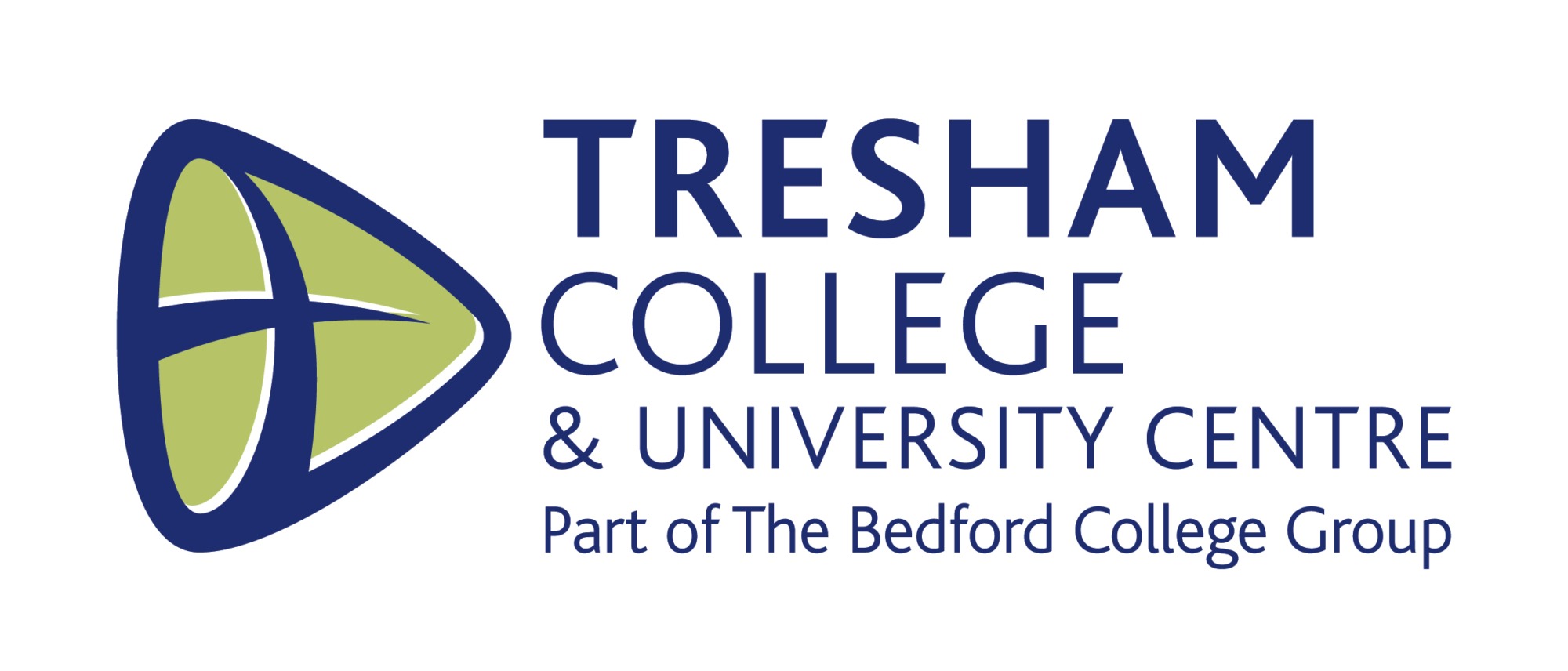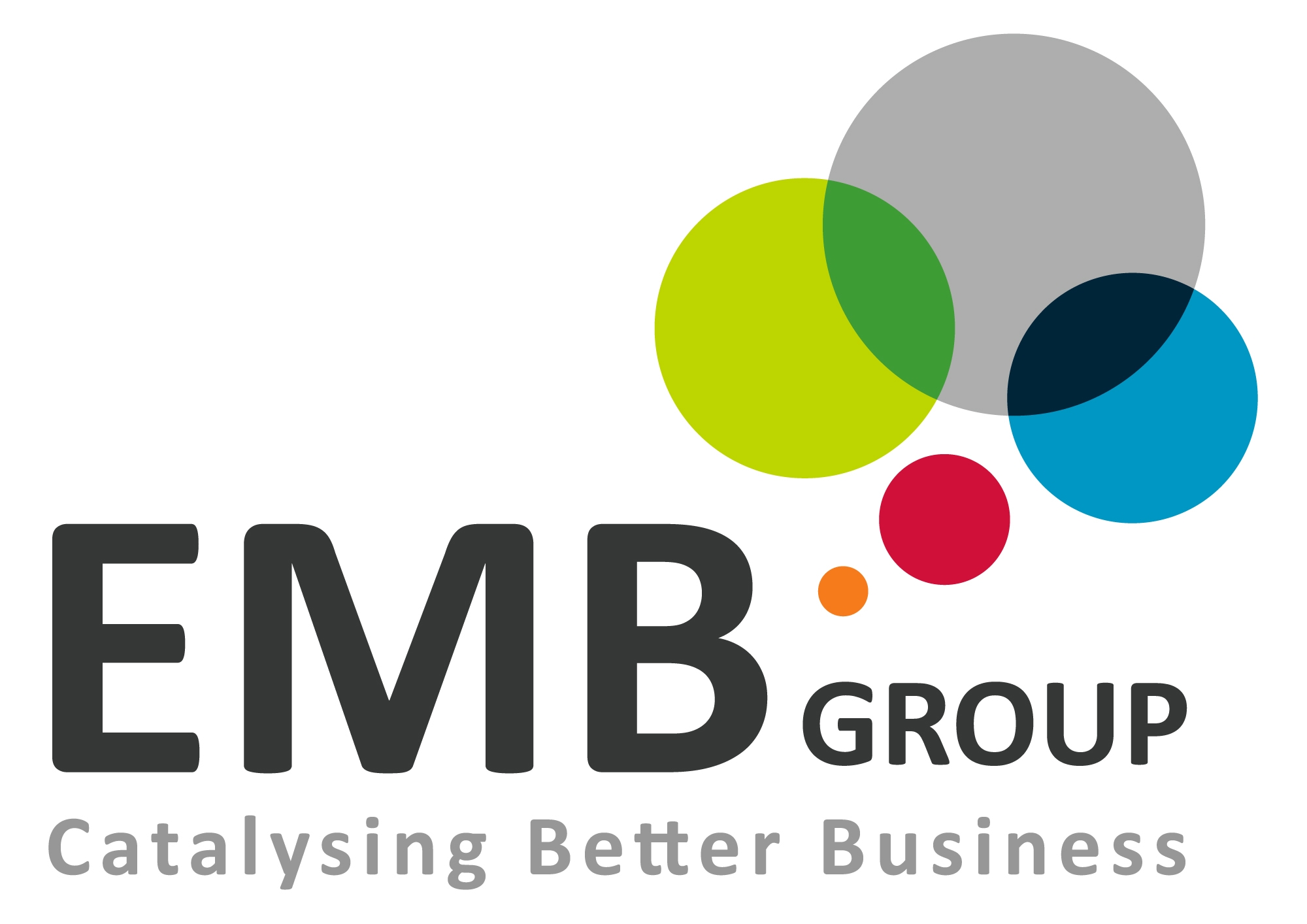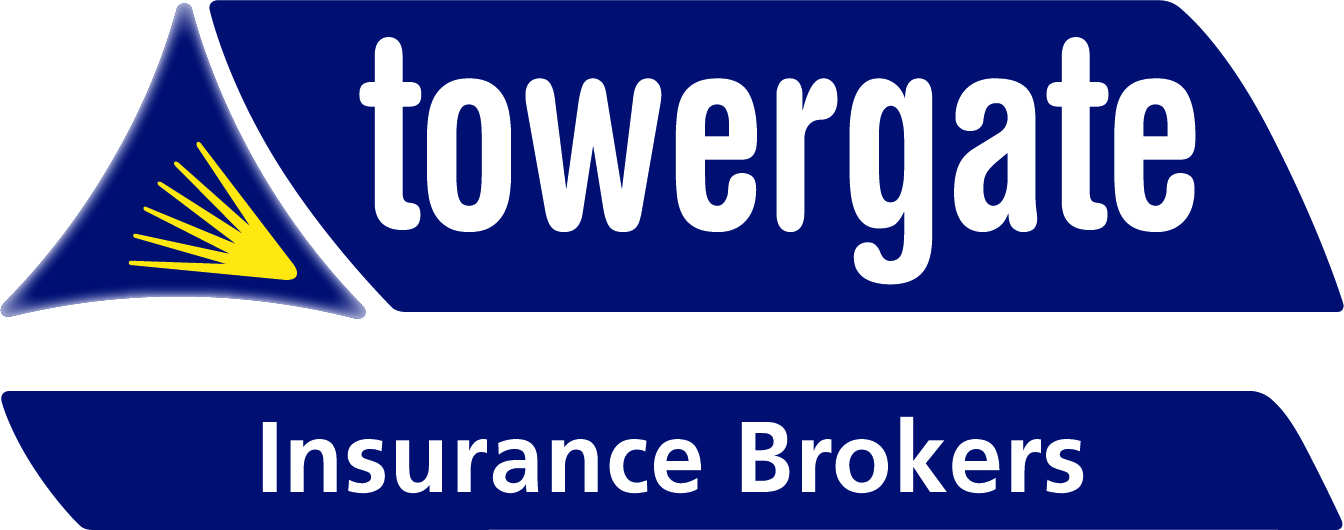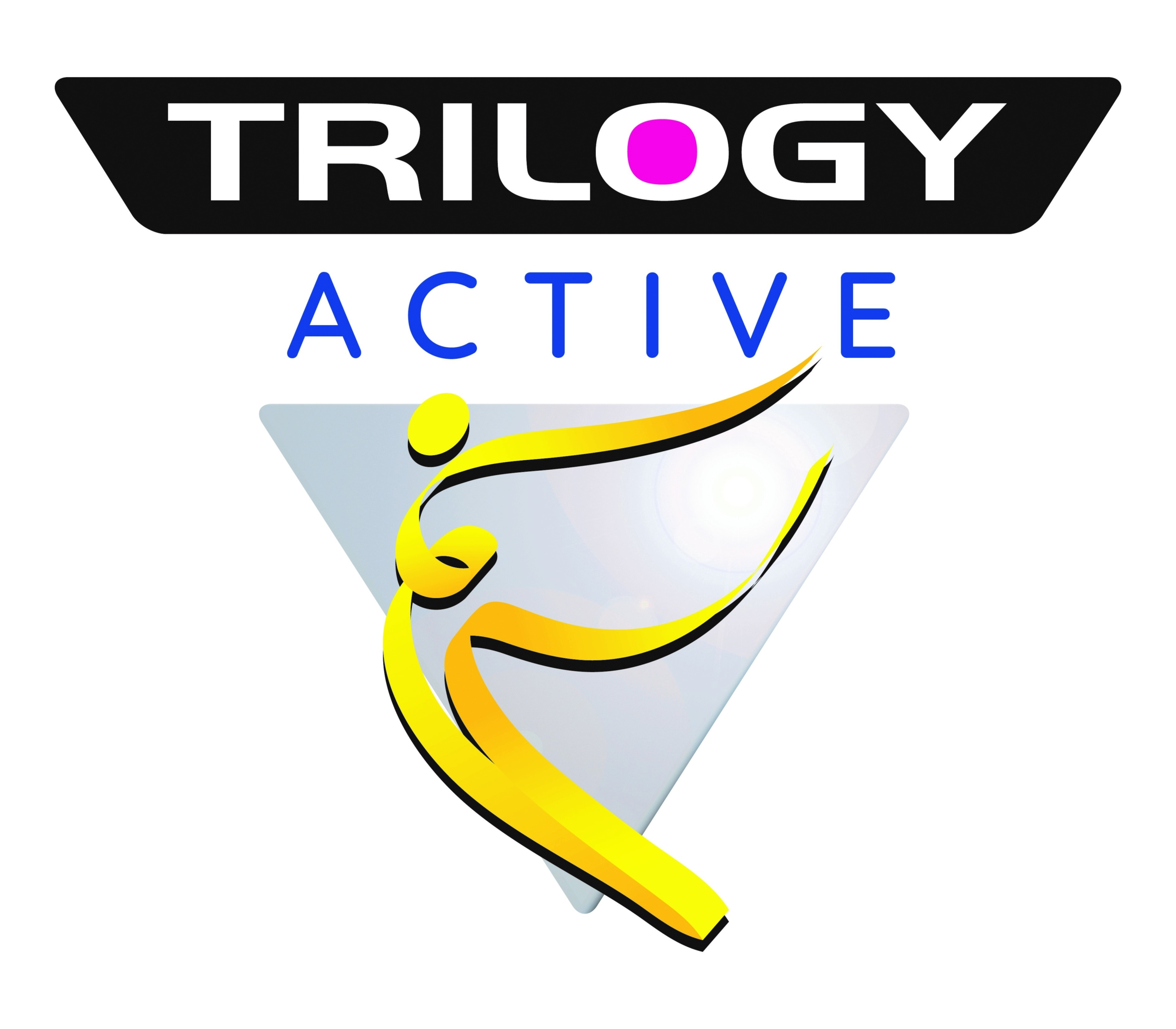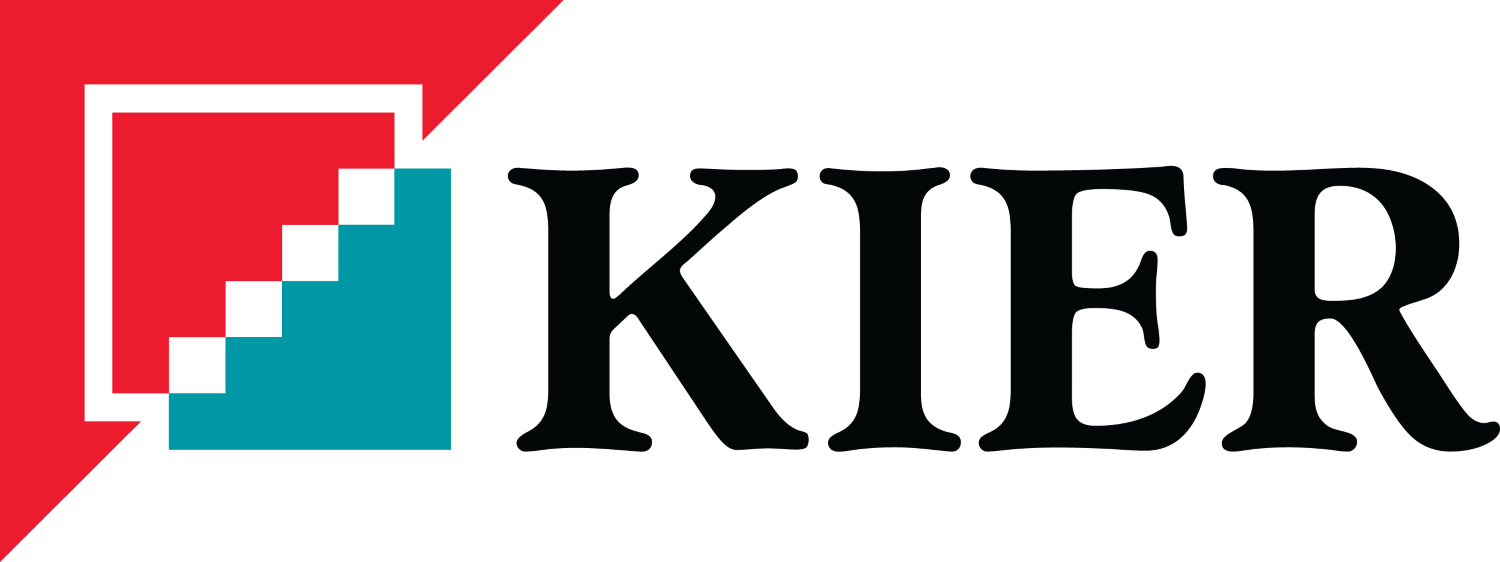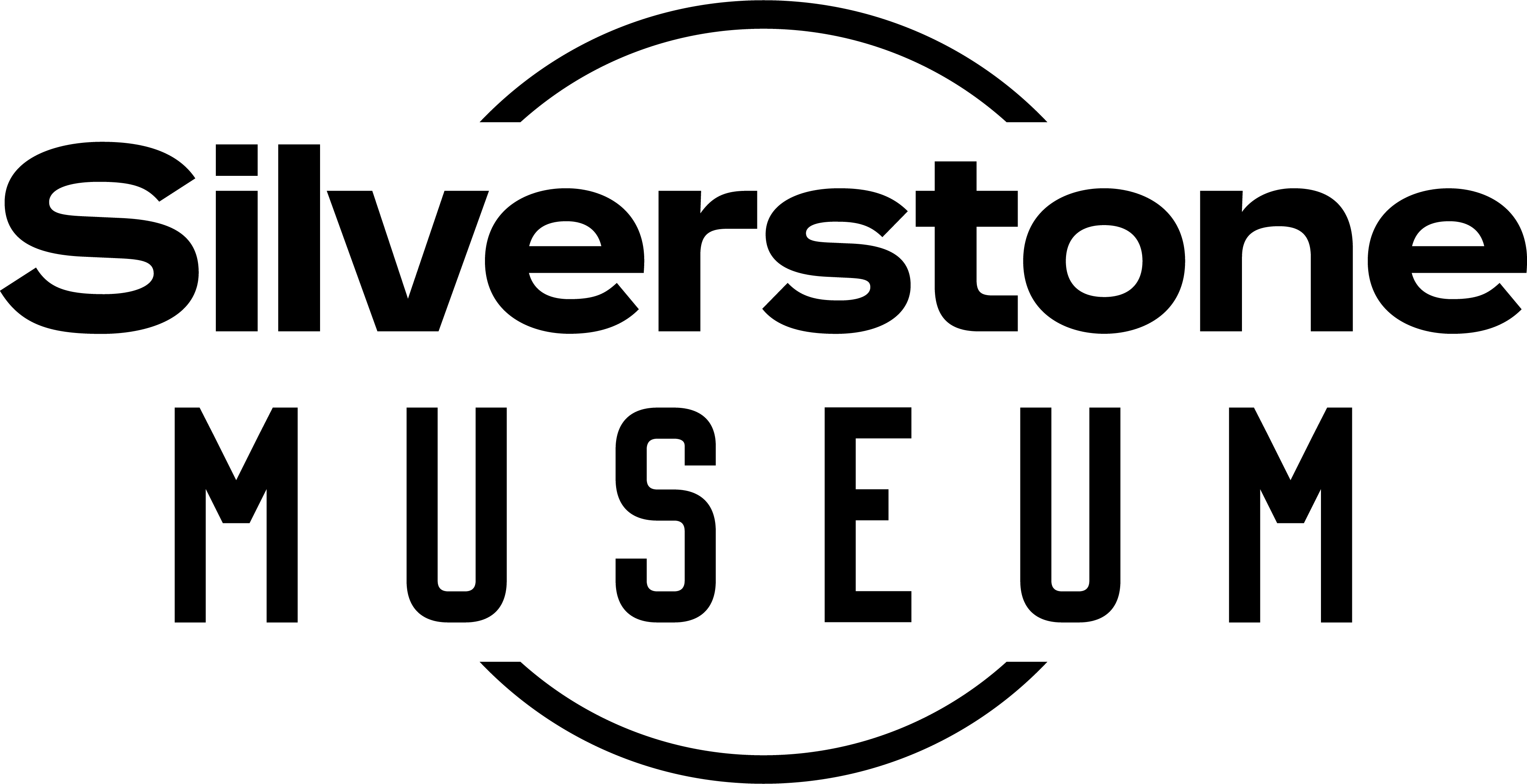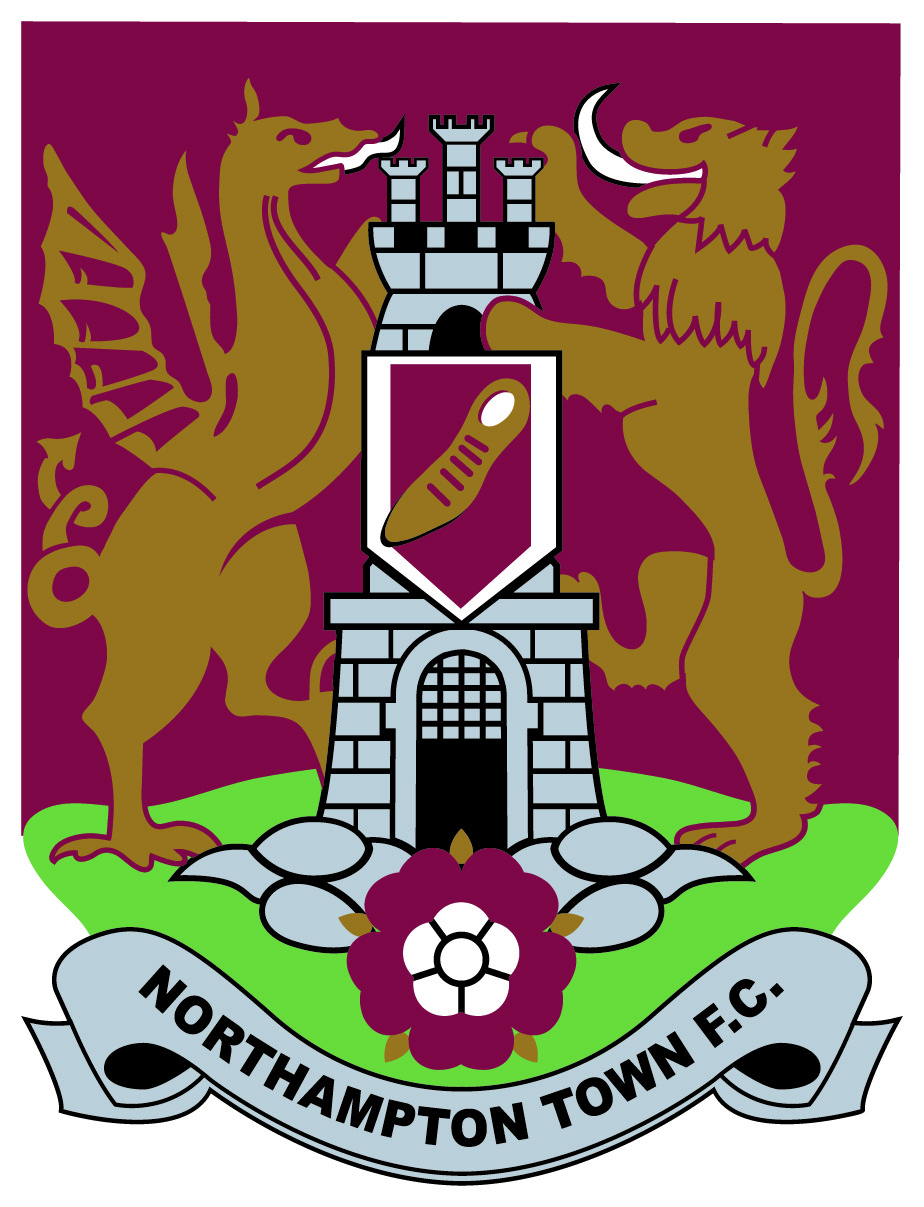

Managing Projects: The importance of balancing flexibility and control
If your business follows any sort of project management framework for managing projects, this will include methods, processes, principles and tools to help with planning and monitoring your projects. You will likely use a common language, clear structure and consistent approach to managing all the elements of your project, such as scope, schedule, quality, budget and risks. That structure can help deliver projects more reliably and successfully, whatever their size or complexity.
However, the same framework will not work for every situation or when a project is thrown off course by unexpected external events. Then the structure becomes a disadvantage and limits the opportunity to adapt to changing circumstances. It is, therefore, important that your projects balance the control that comes with a formal structure and the flexibility to change elements of the project as necessary.
Project Types
If a project is predictable and well-defined then a traditional, controlled framework or project management method will be suitable. In the case of a project that is more uncertain and ambiguous, then you may be better using a flexible or agile framework based on the assumption that there will be incremental and iterative tasks, with the option for regular feedback and adjustments. However, even on apparently predictable projects you need to be prepared to change the plan part way through.
A flexible framework will allow you to learn, experiment and adapt quickly, whilst a controlled framework will help to ensure accuracy and quality. A combined framework will allow a balance of both. Whatever type of framework works best for your business projects, it should align with the objectives of each project so it delivers value to customers and stakeholders.
It is also important to ensure that all members of the project team fully understand the primary project objectives from the customer or stakeholder perspective. That way, they can be more efficient at seeing opportunities or problems that need to be solved.
Tailor the framework to the context of your project
Whilst there are various formal project management methods such as PRINCE2 or APM (Association for Project Management) methods, you may still need to consider customising to fit the context of your project. Indeed, many large organisations have developed their own internal frameworks based on internal processes, and specific conditions and factors which affect their typical projects – the size of the team, available skills and even organisational structure. It is important for your framework to fit into the context of your project and assist you in overcoming all of the challenges that might exist.
Continuous performance improvement
By measuring and monitoring how a particular framework helps or hinders when it comes to achieving the goals of your business projects and the value delivered to customers and stakeholders, you will be able to learn from mistakes made and continuously improve project delivery. There is a range of techniques and tools that can be used to help you achieve this, from feedback surveys (from both employees and customers) to reviews and audits. This will help you manage projects using the benefit of best practices documented by organisations such as the Association for Project Management whilst incorporating the accumulated knowledge and experience particular to your industry and types of projects.


